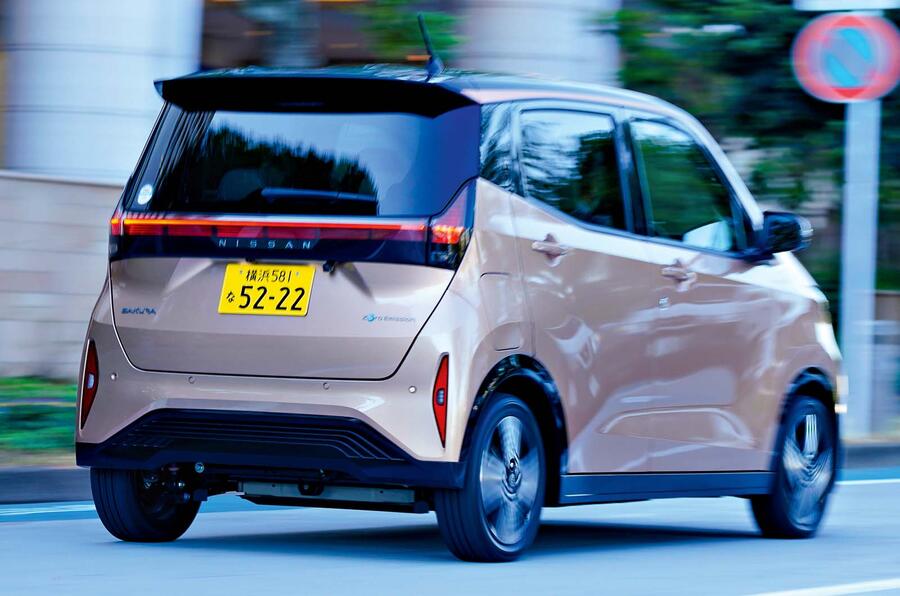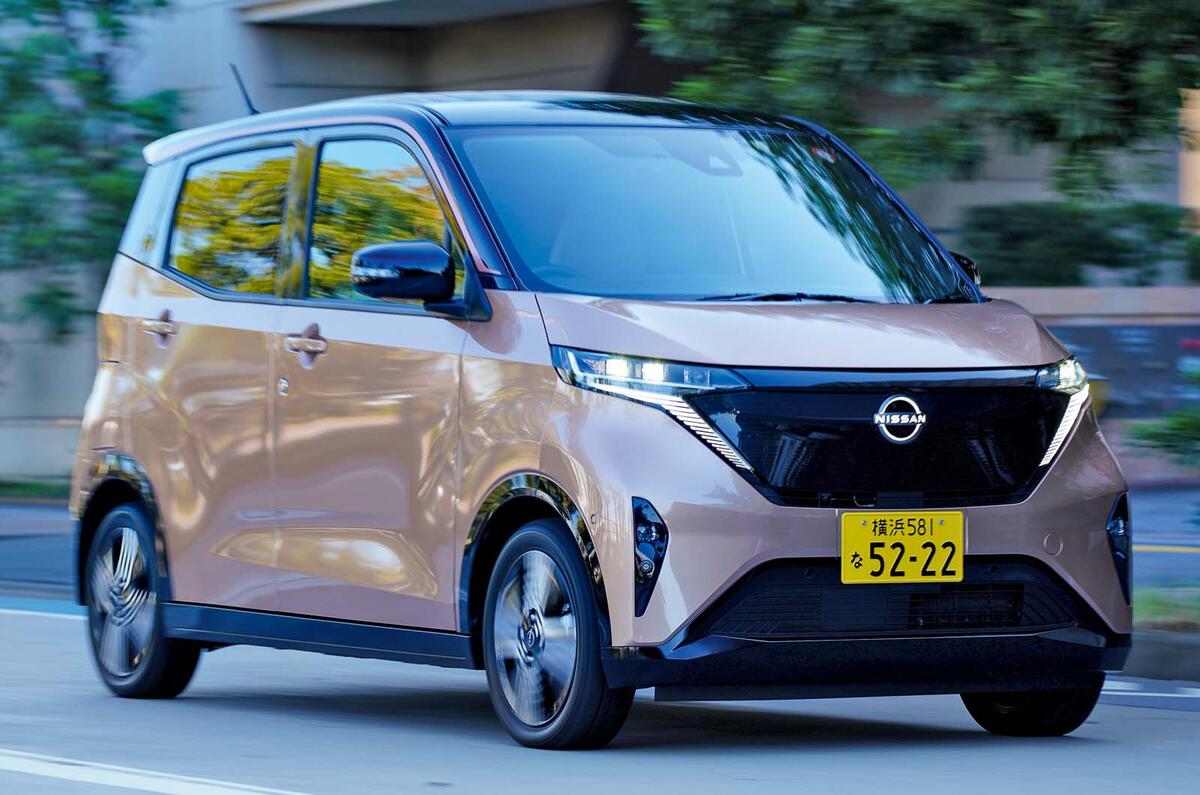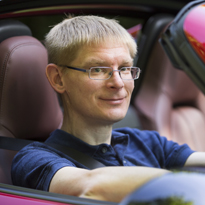Shortly after setting off from Nissan’s global headquarters in Yokohoma, I pass a children’s museum dedicated to the hugely popular cartoon character Anpanman, of whom there is an enormous statue outside.
Yet somehow a superhero with a head made from a red bean paste-filled pastry isn’t as cute as the car I’m driving.
That’s because I’m behind the wheel of a Nissan Sakura, a tiny and boxy EV built to Japan’s kei car regulations for affordable entry-level vehicles. And just like Anpanman, while kei cars are big in Japan, the rest of the world can only really look on in a mix of confusion and envy.
Which is a shame, because we can probably all agree that electric kei cars would be an ideal solution to offering affordable cars perfectly suited to our overcrowded roads. Former Renault Group boss Luca de Meo last year proposed the creation of an electric kei car-style class for Europe.
To recap, kei cars are a special class of vehicle in Japan designed to offer cost-effective motoring. First launched in the 1950s to boost the Japanese industry, kei cars are defined by strict technical regulations: they can be only 3.4 metres long, 1.5 metres wide and 2.0 metres high. Petrol versions are limited to 660cc, while an unofficial agreement among manufacturers limits power to 63bhp.
As well as being cheaper to buy and run, kei cars benefit from a number of incentives, including lower registration fees and taxes and in some cases exemption from restrictions on parking outside houses. As a result, they are extremely popular, accounting for around a quarter of all Japanese car sales. And the Sakura was Japan’s best-selling EV last year.

Small cars are difficult to make profitably and, along with the lack of export opportunities, that means the kei car market is composed entirely of Japanese firms. And even then there’s consolidation: Alliance partners Nissan and Mitsubishi’s kei cars are now produced by a joint venture called NMKV. The Nissan Dayz and Sakura are essentially twinned with the Mitsubishi eK and eK X EV.












Join the debate
Add your comment
Went to Japan for a few weeks last year - blown away by the kei cars. Absolutely fantastic packaging, some with awesome style and loads of kit. They are literally everywhere and a great solution to Japans congestion problems. I'd have something like this in a heart beat in the UK for commuting and short journeys, EV or otherwise. In fact, I'm under orders from my wife to see if we can source a Daihatsu Move Canbus - take a look at one and tell me its not simply fabulous.
Looks cool but like the i-Miev a bit short ranged. Would need to have Android Auto rather than Carplay.
I agree that the kei car concept would suit the UK's congested streets and might be a useful alternative to the hordes of SUVs that currently dominate. But in the meantime, we have the Dacia Spring which offers a slightly longer range in a slightly larger package, available right now at preregistration prices edging down to around £10k!